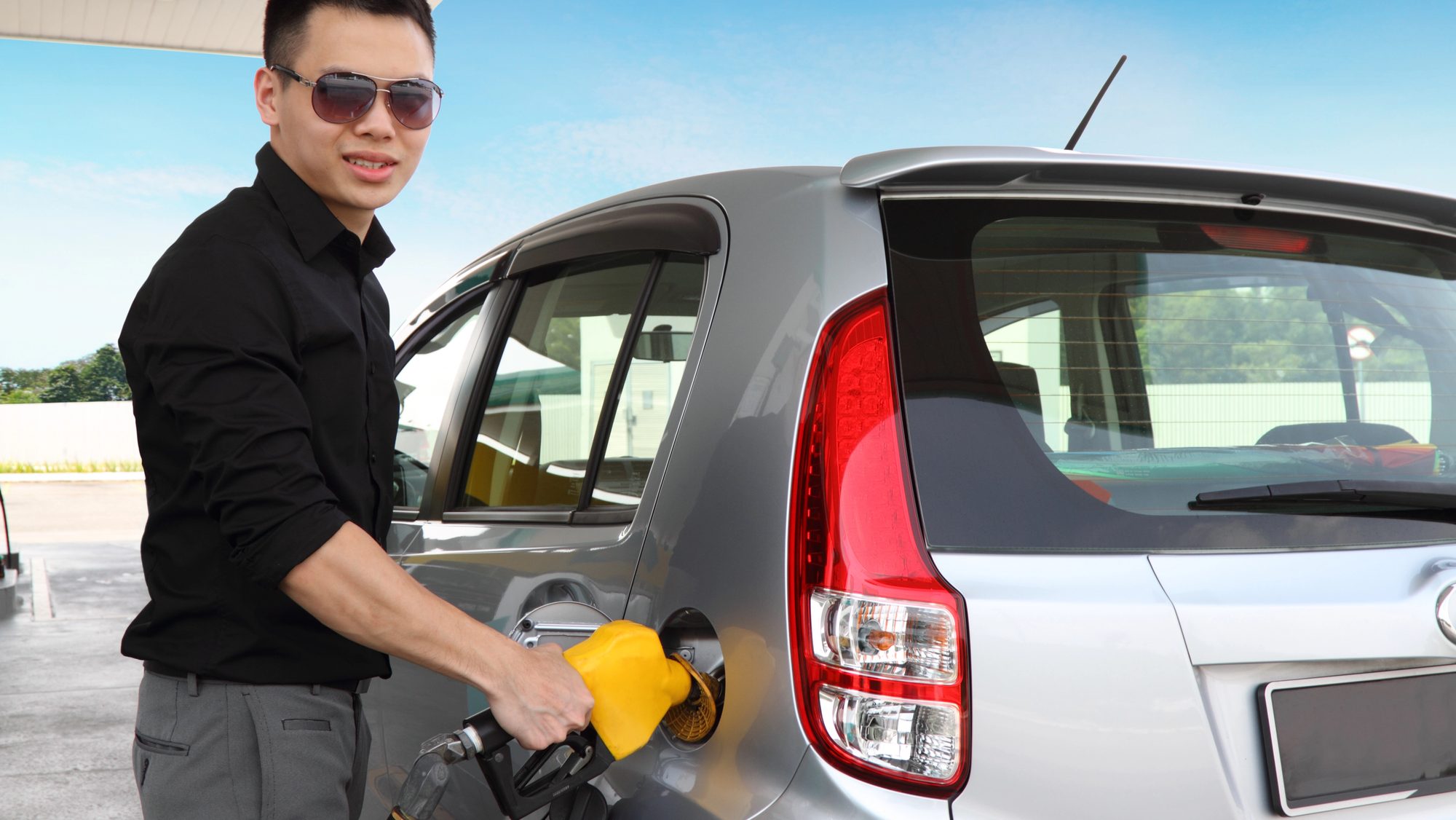SINGAPORE: The rise in electric vehicle (EV) use has been cited as the reason for the decline in the number of petrol stations in Singapore, according to a report from The Straits Times. This waning demand for petrol stations mirrors global trends.
However, Singaporeans online argue that it is not the shift towards EVs but because Singaporeans prefer pumping petrol in Johor Bahru (JB) because it’s cheaper.
Singapore’s petrol stations now offer a range of food options, including sushi, bubble tea, fast food, and kaya toast, alongside the introduction of charging points for EVs. Despite these efforts, the number of petrol stations in Singapore continues to decline.
Some enjoyed perks like free sushi from petrol stations, though, such as one commented: “Toa Payoh Esso got Maki-San, pump petrol twice for two coupons and get a free sushi roll.”
Another stated, “I’ve been enjoying that for some time now. Gas station sushi hits differently here.”
However, these incentives are insufficient to keep drivers from crossing the border for cheaper fuel. Currently, Singapore has 184 petrol stations, down 17.1% from 222 in 2003.
And though the Urban Redevelopment Authority (URA), which plans the locations of petrol stations, said that the number of stations has remained “largely stable” in recent years, online discussions suggest otherwise and added that the decrease in petrol stations is not due to the growing number of EVs but because it is cheaper to buy petrol in JB.
One person who goes to JB for petrol noted, “Full tank here: S$120, full tank here with discounts: S$90, full tank in JB: S$40. Sorry, but sushi and bubble tea ain’t incentivising me to fill up locally.”
Another added, “Demand dropped not because of EV. People are pumping at JB instead.”
Data from the Land Transport Authority (LTA) reveals that the average annual mileage of cars decreased by 19.3 per cent, from 20,200 kilometres in 2003 to 16,300 kilometres in 2023.
Newer cars also use fuel more efficiently. For example, the latest Toyota Camry with a hybrid engine uses 28.1 per cent less fuel than earlier models.
The number of hybrid and fully electric cars in Singapore is growing. By the end of 2023, there were 79,256 hybrid cars and 11,941 electric cars, making up 14% of all cars.
This is up from just 0.8% in 2013. In the first seven months of 2024, EVs increased by 60%, making up 32.1% of new car registrations. This trend is also seen globally.
A 2021 report by Sia Partners expected petrol stations in Europe to drop by 43% by 2050 due to lower fuel consumption and fewer petrol cars.
To adapt to changing needs, petrol stations in Singapore have expanded their offerings. After ending its 11-year partnership with 7-Eleven in 2017, Shell has introduced food and drink options such as Ya Kun Kaya Toast, Old Chang Kee, and bubble tea.
It has also added McDonald’s Drive-Thrus at stations in Havelock and Hougang, following the first one in Tampines, and is rolling out Shell Cafés offering crafted coffee and food.
Esso stations, managed by FairPrice Group, now feature a Maki-San sushi counter at the Toa Payoh Lorong 2 location and have seen increased sales of ready-to-eat items like pastries and meals.
According to The Straits Times, a spokesperson for FairPrice Group, which manages the convenience stores at Esso stations, reported that three out of ten customers visit these outlets to buy essentials rather than just to refuel. /TISG
Read also: Another Singaporean uncle shakes his car at JB petrol station to pump in more petrol
Featured image by Depositphotos

